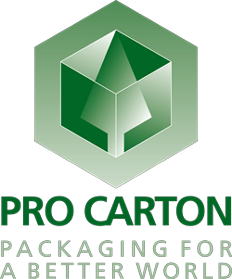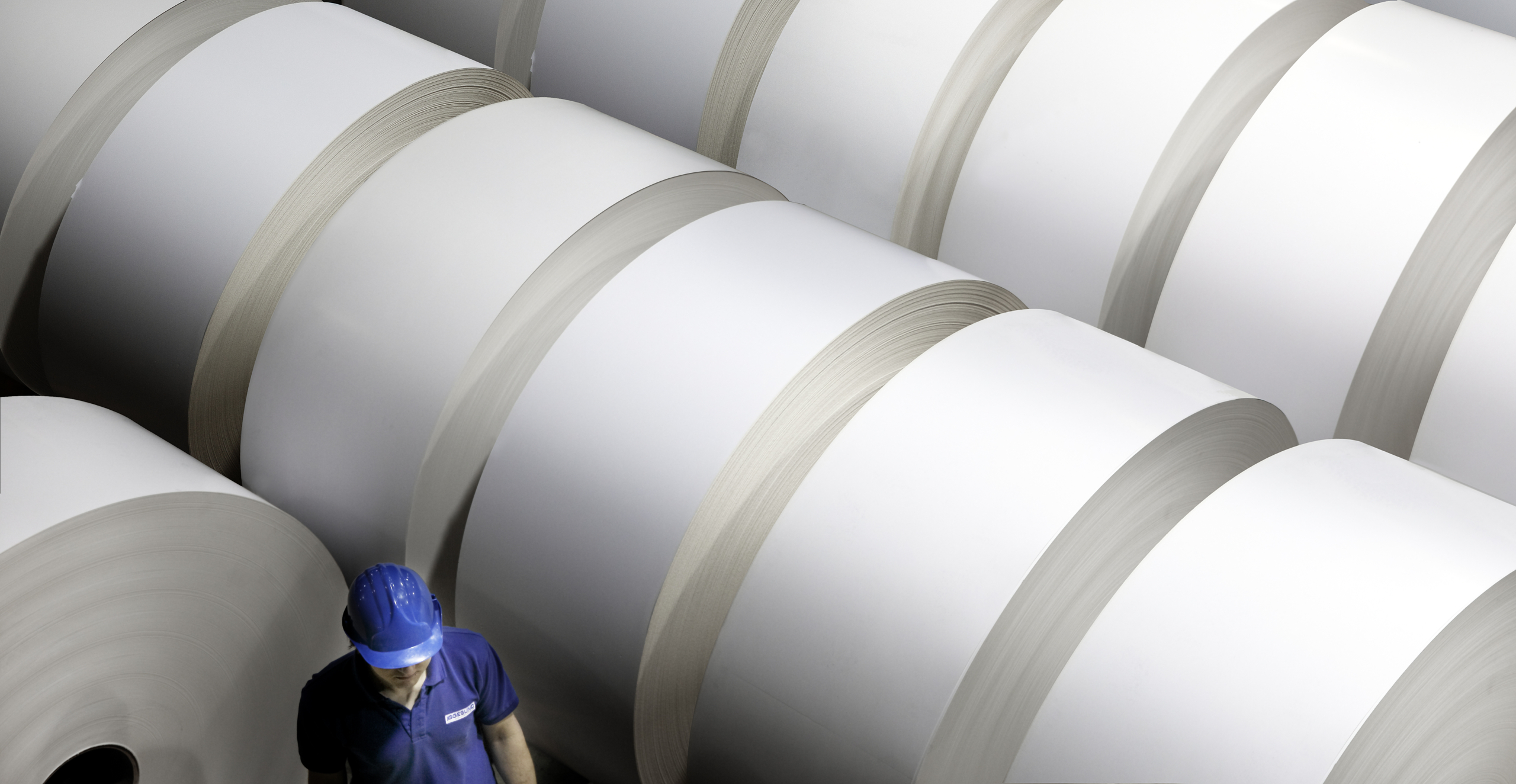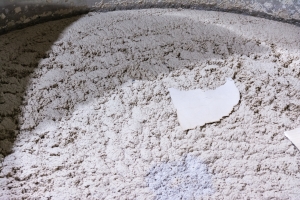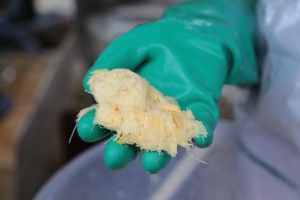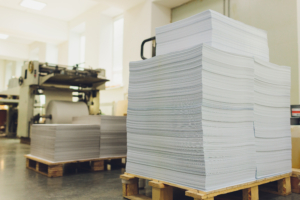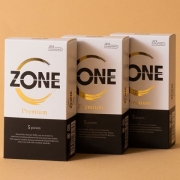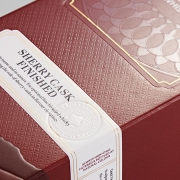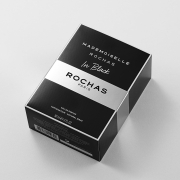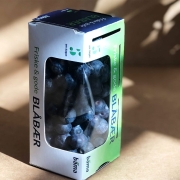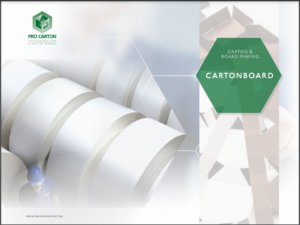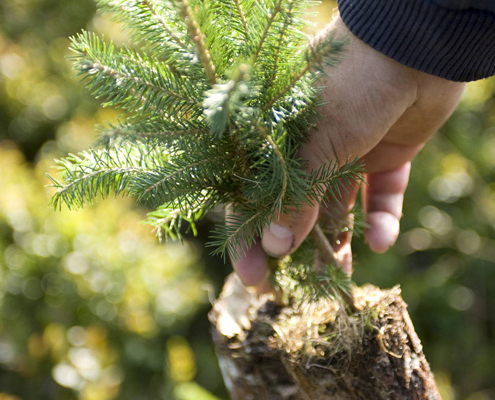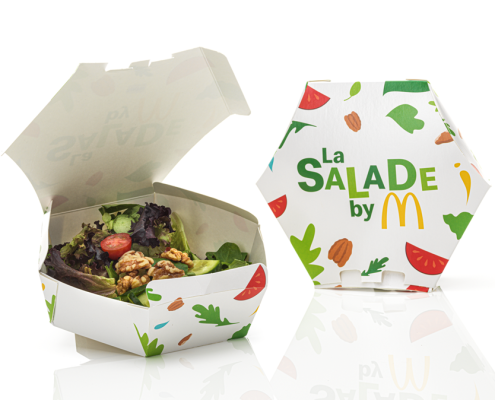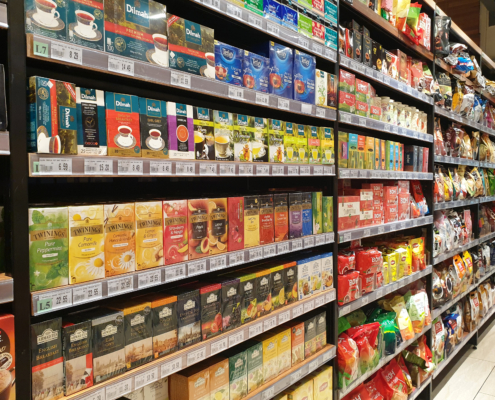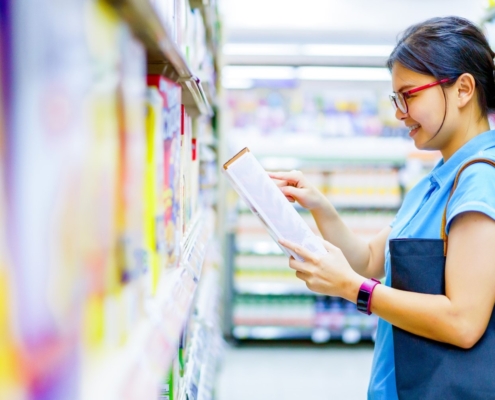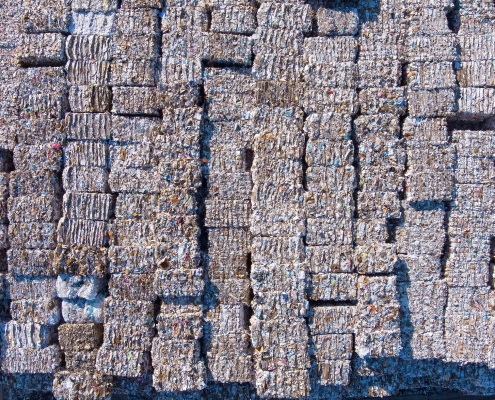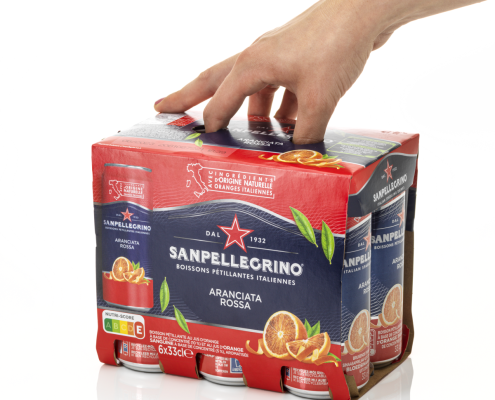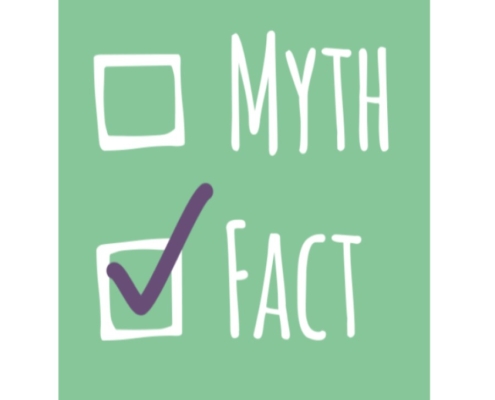Cartonboard Production
Cartonboard is made from cellulose fibres from trees. Worldwide, about 50% of paper and board is made from cellulose fibres that come directly from trees, and 50% is made from cellulose fibres from waste paper and board.
Cartonboard is a multilayer material which usually consists of 3 or more fibre layers. The various layers are combined during a wet pulp phase of the manufacturing process before the cartonboard is pressed by large rollers and passed over steam heated cylinders to evaporate water. At the end of these processes, the fibre layers are bonded together. The cartonboard is dried and rolled onto huge spools. As a final process the cartonboard spool is cut into customized sheets matching the exact requirements of the carton converter’s and brand owner’s design. Each cartonboard mill produces dozens of different customized sheet sizes every day.
Wet pulp
Fibres from wood
Cartonboard sheets
When choosing paperboard, there are various demands to consider which can be end use and/or application-specific. Most applications have their own requirements, and when choosing paperboard for your product packaging these requirements must be related to the paperboard properties. Here are 3 things to keep in mind that could help guide you through the paperboard selection:
When choosing paperboard, there are various demands to consider which can be end use and/or application-specific. Most applications have their own requirements, and when choosing paperboard for your product packaging these requirements must be related to the paperboard properties. Here are 3 things to keep in mind that could help guide you through the paperboard selection:
Promotion:
The ability of the paperboard to withstand fading is vital for a lasting presentation and a longer shelf life. A bright and smooth printing surface helps you achieve faithful reproduction of colours and artwork. Strength and toughness are required for the overall shape and forming of the rim.
Protection:
Paperboard made from fresh fibres produces a stiff, strong and durable material. Combined with an appropriate carton construction it will give adequate protection in handling, storage and distribution. It is also important that the carton is in excellent condition at the point of sale.
Production:
To obtain efficiency in printing, finishing and converting, a flat, stable and dust free paperboard is required. Even surface ink absorption and drying are important to ensure a high print quality, whilst reducing process interruptions and material waste.
A strong multi-ply paperboard will withstand the demanding printing and finishing techniques used to create a premium touch.

